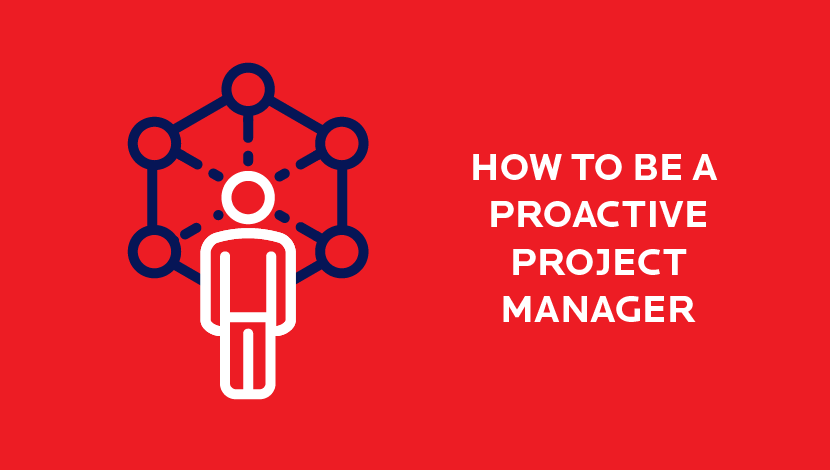
The value of project management can be difficult to articulate. Trust me on this – I have been working hard to quantify, justify and convince organizations of this for over 18 years. You know good project management when you experience it, and yet it can be hard to explain what specifically was good about it. That is because good project management sets a team up for success and then gets out of the way while the team is achieving it – supporting not hovering.
The challenge then is how to build a consistent project management experience across the agency (or any organization) given its difficulty to define. I initially sat down to give it a go, and I had quite a list before I stopped myself. These were my best practices, based on my narrow view. While they are valuable to me, that doesn’t make them the right fit for others. I scrapped that list and decided to broaden the scope (pardon the PM pun). At our last monthly PM meeting, I asked the team to share what they do to …
Be a proactive project manager versus reactive task manager:
- Take action on feedback when it is delivered, rather than waiting for an assignment from an account manager.
- Huddle with the team to ensure we are on course and have plans to stay on course.
- Create daily or weekly to-dos for myself with priorities.
- Anticipate next month’s needs based on the overall plan and prepare information the team will need to make decisions and move forward.
- Regularly communicate with the account manager/client so they know the project is progressing.
To support the project team versus hover:
- Check in with team members a couple of days before the deadline to ensure they have everything they need to deliver, and then allow them the heads-down time to deliver what was agreed upon.
- Touch base in the morning and discuss priorities – and help team members adjust as needed.
- Ask team members how they would like to receive project updates.
- Reassure, touch base as needed and laugh with them. 😊
To lighten the load and be more efficient:
- Free up mental capacity by scheduling calendar reminders.
- Assess whether what am I doing could be or should be assigned to another team member.
- Learn to accept assistance when offered.
- Prioritize projects for the day/week.
- Give team members notice of projects coming in so they are aware and ready to move forward (projects on “fire” generally are most disruptive and inefficient for everyone).
- When overloaded, give yourself a five- to 10-minute break to read, write or simply regroup.
- When spinning, stop and ask what level of detail is helpful and what are the key decisions we need to move forward.
Now what?
After we compiled our ideas, each project manager reviewed this list and identified one item they were going to put into practice over the next month. In our next PM monthly meeting, we will check in on their experiences, assess what worked and what didn’t, and decide what new challenges/solutions were discovered. The ultimate objective of this exercise is to define and refine our project management best practices to consistently and effectively lead successful projects for our teams and our clients.
Feel free to reach out to us for comments, questions, or anything else!
